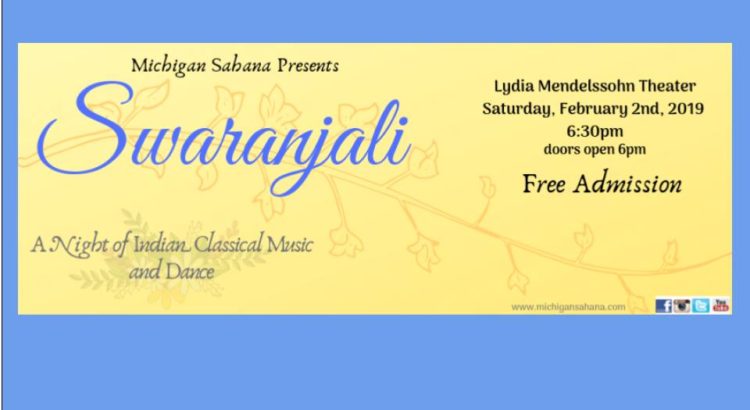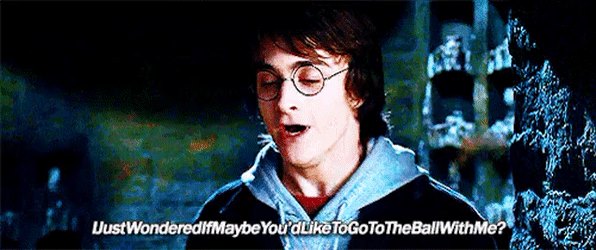It’s been some time since I last attended a Western classical music concert. I was excited to see the programme, which included a Concertino for Strings, Schubert’s Symphony No. 3, and Tchaikovsky’s Symphony 6, Pathetique. The Concertino I thought was a pleasing piece but lacked a storyline to give the music direction. I wasn’t too familiar with Schubert beforehand, so I enjoyed hearing his 3rd symphony, finding it more elegant and a little less thunderous than Beethoven. Being a fan of Sleeping Beauty and Swan Lake, however, I was most excited to hear Pathetique for the first time. I am not a particularly emotional or vividly imaginative thinker, so I was surprised to find myself with incredibly clear mental images for each movement of the symphony. The first movement, for example, evoked the feeling of someone in such deep despair that they were almost angry, and even I found it incredibly moving.
I knew the Israel Philharmonic would be good, but I was completely unprepared for how good. Even their tuning sounded like music. I loved watching the musicians move; in the first piece particularly, the orchestra was so in tune with each other that their instruments and bodies moved not just at the same times but at the same angles. While this is something that does occur in other professional orchestras I’ve seen perform, the synchrony was especially marked here. And, of course, they were perfectly aurally synchronized as well. I’ve been told before that when instruments are perfectly in tune with each other, you can hear the note vibrating in your ear. That comment referred to instruments playing the same note. The Israel Philharmonic, meanwhile, at one point played a set of different notes that were so perfectly dissonant it caused my ear to thrum in an oddly comforting way. I was floored. The musicians created a more nuanced interpretation of the music than I’ve ever heard. For example, Pathetique began with the double basses fading in, and ended with the double basses fading out. Normally, it’s easy to tell when instruments stop and start, since it’s almost impossible to go from the absence of sound to sound without that transition being obvious, but the Israel Philharmonic managed this almost-impossible feat with deceptive ease.
And then came the encores. I was almost disappointed when Yoel Levi, the conductor, stepped back onto his podium, because how could anything be adequate to follow Tchaikovsky? And then they began to play a piece I didn’t recognize (I later learned it was Elgar’s Nimrod), and I immediately realized they’d found something that was not only adequate but perfect to follow Tchaikovsky. I look forward to listening to Nimrod again soon, but I’m afraid a recording of the piece will not do it the justice that the Israel Philharmonic did. And then Levi came out for a second encore, and I was again disappointed, but once again, that disappointment dissipated into a sort of melting sensation as they began to play the waltz from Swan Lake. Gazing at Hill Auditorium’s intricate ceiling as one of my favorite pieces of music washed through me, I wondered why I had bothered to wear makeup that night, as this music was bringing all my usually-docile emotions and stirring them up, leaving me feeling exposed in a way no makeup could adequately cover.





